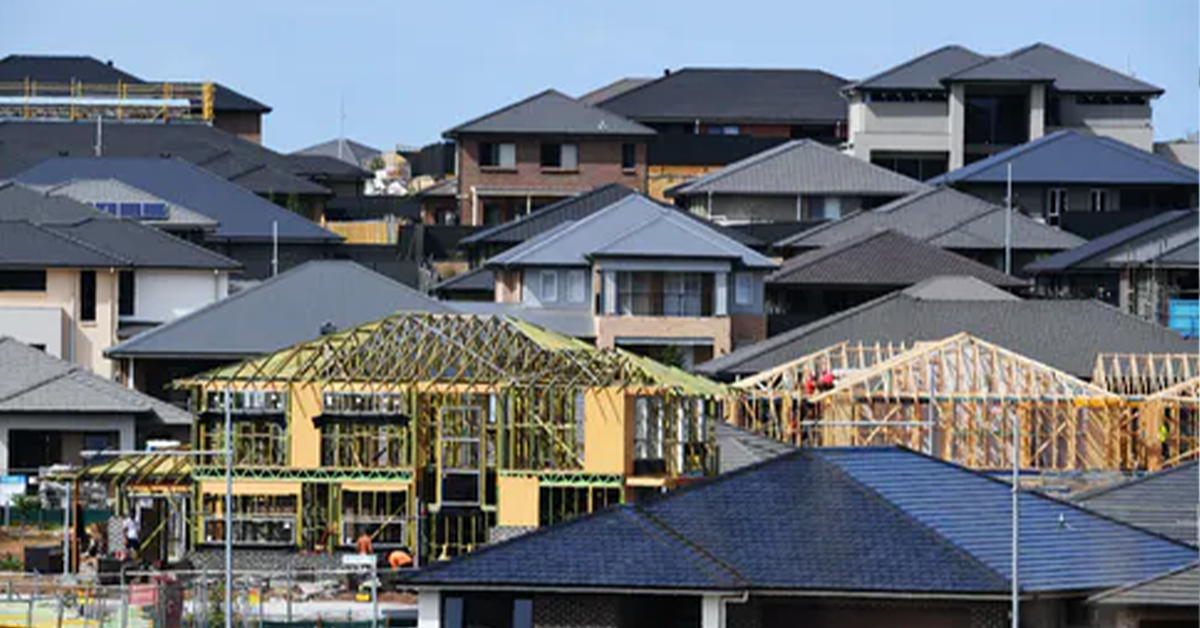- No products in the cart.


MARK COLVIN (PRESENTER): There are increasing doubts about whether changes to negative gearing will do much to increase the supply of housing.
Some say Labor’s proposal is a game changer that will make housing not only more available but more affordable.
Others say that the key to unlocking supply has much more to do with state governments, local councils, land release and planning approval.
Emily Bourke reports.
EMILY BOURKE (JOURNALIST): The principal of negative gearing has been around since the 1930s but whoever wins the election this year, it looks set to undergo some kind of makeover in the property sector.
And regardless of the claims and counter-claims about the winners and losers of negative gearing reform, there will be some effect on housing supply.
Labor’s proposal will see negative gearing abolished for established homes and only apply to newly constructed dwellings. Adrian Pisarski from National Shelter says that’s a game changer.
ADRIAN PISARSKI (EXECUTIVE OFFICER NATIONAL SHELTER): We think the way that negative gearing and capital gains tax exemptions work together really inhibits new supply. One, because it draws investment into existing supply and therefore takes investment away from what we would like to see, new affordable housing supply.
It also favours small mum and dad investors as opposed to larger scale investment, say from a superannuation fund. So we want to see a much more even tax treatment of these areas so that we start to get the scale investment that I think we really need in residential property in Australia.
EMILY BOURKE: But he says that any reforms should also include incentives for superannuation funds to invest in new housing projects.
ADRIAN PISARSKI: There would still need to be, as some of the savings of these measures comes through incentives to drive that investment from super funds.
They are not just going to do it because they can’t really get a return from that form of housing at this point. So there does need to be incentives in place to really entice that investment into the area.
Now that’s the missing part of Labor’s package.
EMILY BOURKE: In his farewell speech to Parliament last October former Treasurer Joe Hockey said negative gearing should be skewed toward new housing so that there’s an incentive to add to the housing stock.
But John Daley of the Grattan Institute says improving housing supply relies on other levers.
JOHN DALEY (CEO GRATTAN INSTITUTE): At the moment of all the properties that are negatively geared only about seven percent are brand new houses. So we would expect to see more investors moving into the brand new housing market, we would expect that to see an increase in prices for those brand new houses and we expect that to result in perhaps a little bit more supply for of brand new houses.
But the real break on brand new housing is how much land we effectively release, either at the edges of our cities or in terms of allowing existing properties to be subdivided.
So if you’re looking for a really big increase in the housing supply it’s actually those levers that will make a big change.
EMILY BOURKE: Wilhelm Harnisch from Master Builders Australia goes further.
WILHELM HARNISCH (CEO MASTER BUILDERS AUSTRALIA): You’ve just got to look at Professor Harper’s Competition Policy Report where that problem was recognised.
Professor Harper, someone totally independent, said that the Federal Government has got to work with the states while providing competition to the states to unlock the structural impediments to supply.
EMILY BOURKE: And what do they include?
WILHELM HARNISCH: Development approvals, other blockages that cause delays and other regulations that simply increases the upfront cost of housing.
These include stamp duty as well as other regulatory and transaction costs that simply increases the deposit hurdle, often on top of an existing twenty percent deposit required by the banks, and makes it nearly impossible for first home buyers to enter the market.
EMILY BOURKE: But Adrian Pisarski from National Shelter says that a revamp of negative gearing could lead to a revitalization of the suburbs.
ADRIAN PISARSKI: It’s no longer good enough to push low income earners and families out to the fringes of our cities because the cost of transport is massive from out there. They become isolated out there and we run of the risk of ‘ghettoising’ people.
So we do want to use those ‘middle ring’ suburbs and we do think there is a case for the redevelopment of those, not necessarily at high density but at medium density levels so that we’re building new supply that goes to the market but also is run by community housing providers to rebuild our supply of social and affordable housing.
MARK COLVIN: That report was from Emily Bourke with Adrain Pisarski from National Shetler, John Daley from the Grattan Institute and Wilhelm Harnisch from Master Builders Australia.

